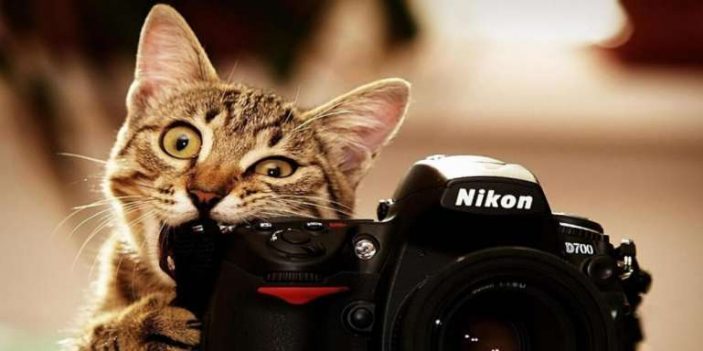pica in cats and dogs
Pica involves ingestion of non-food items. Unusual Eating Habits in Dogs and Cats Some animals have developed unusual eating habits such as rocks wood plastic strings rubber bands and more.
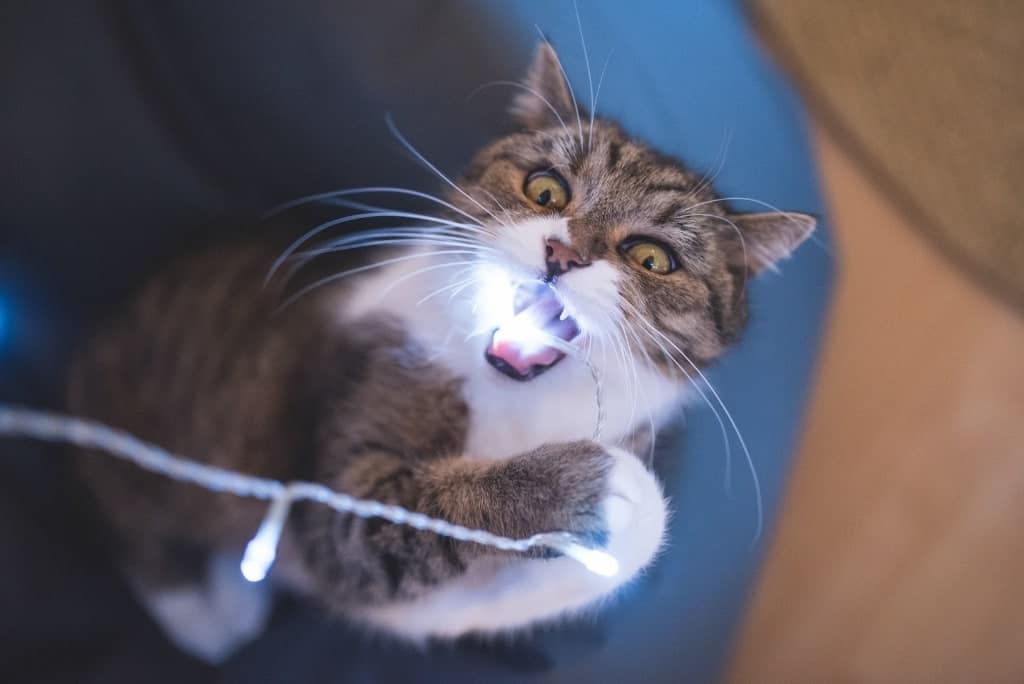
Does Your Cat Eat Plastic Guide To Pica In Cats Fluffy Kitty
This is because magpies have been known to eat almost everything.

. An expert says Dogs with separation anxiety can behave destructively. A feline with a mild case of pica may suck or lick on inedible objects but not actually consume said object. Boredom will force dogs with a lot of energy to do something A medical examination performed by your vet may include Checking eyes for discharge or redness.
Cats who obsessively lick nibble andor consume items are exhibiting a form of pica. Many cats outgrow the disorder by about two years. Pica in Cats.
Dogs with pica may be experiencing a nutritional or a hormonal imbalance which is causing them to crave non-food items. Vets claim pica can be caused by emotional problems such as separation anxiety and stress. For dogs with pica common non nutritive objects eaten are stones.
This problem called pica is defined as the persistent chewing and consumption of non-nutritional substances that provide no physical benefit to the animal. The most obvious sign of pica is seeing your dog eating non-food items. Pica occurs more often in puppies than in adult dogs.
What causes dog pica. Often the molar teeth are used to chew holes in such materials. Pica syndrome is a behavioral condition that incites cats to eat non-edible substances such as paper fabrics plastics etc.
The cause of pica in dogs can be medical or psychological. Oriental cats are predisposed to that he says. Common target objects for feline pica include.
Pica is a term used to describe the consumption of non-edible materials. Treatment will depend on the cause and might include behavioral modification or. They may also consume plastic items cigarettes wooden objects paper toilet tissue clay and soap.
Pica in dogs varies slightly from that of cats. Treatment usually focuses on environmental modification. However in severe cases of pica the feline will consume the object entirely posing a risk for intestinal blockage tearing of the digestive tract toxicity and electrocution.
Up to 10 cash back Pica in cats refers to the ingestion of non-food items. West Park Animal Hospital gets questions about pica in pets often so we thought wed dig in ahem to this topic. Some dogs will eat anything from stones plastics metals wood and everything in between.
The reasons your dog eats non-food items can be as a result of a medical issue or purely behavioural. 429 of owners reported pica. Among dogs this is often a compulsive behavioral issue seen more commonly in females than in males.
Plants electric cords phone cords wool fabric string or. Dogs with pica may be experiencing a nutritional or a hormonal imbalance which is causing them to crave non-food items. That habit also may appear in cats that were weaned too early.
Pica in people as well as in dogs and cats refers to eating things that are nonfood items. Pica in dogs can be behavioural or medical. Many cats will nurse on wool says Arnold Plotnick DVM a veterinary internist and feline specialist in New York.
Cats with pica are often reacting to the introduction of a new animal in the home this is one of the most common stressors leading to cat pica. The causes of pica can be hard to determine but can include gastrointestinal disease anemia liver disease pancreatic disease diseases causing excess appetite such as diabetes neurologic diseases poor diet being on medications such as prednisone behavioral disorders such as anxiety or a depraved home environment. In a simpler term pica is the eating of abnormal substances.
Frequently reported items which cats may chew include wool fabric wood plastic paper and plants Case 2003 Horwitz Mills 2009. Common target objects for feline pica include. Pica is common in both dogs and cats but coprophagia is more common in dogs than cats.
Other diseases such as diabetes and thyroid problems can also contribute to pica in dogs. Remember Pica is actually ingesting the item as opposed to simply chewing on it. Of course its not always possible to catch them in the act.
For cats who were 6 months old. Pica is a condition that is characterized by compulsive eating of non-food objects. Pets with pica develop an appetite for some pretty bizarre things including rocks dirt clothing cat litter plastic bags rubber bands hair ties even electrical cords and drywall.
Certain breeds of dogs like Labrador retrievers are also naturally more prone to developing pica than others. The urge to eat nonfood items -- called pica -- can be pretty common in cats. Cats with pica may chew on or eat wood fabrics blankets or other objects.
It is most frequently seen in certain breeds such as Siamese Burmese Tonkinese and other Oriental types leading to the suggestion that there may be a genetic component with the trait passing down particular family lines. Both pups and adult dogs are equally vulnerable to this disorder with no particular breed being more susceptible to it than others. Pica is common in both dogs and cats but coprophagia is more common in dogs than cats.
Pica is very common in young cats and it can show up as early as three months right around the time the cat moves into a new home. Pica is a surprisingly common type of eating disorder that causes pets to compulsively crave and eat non-food items and it can affect both dogs and cats. Both coprophagia and pica in general can cause problems for pets and sometimes are the result of an underlying medical condition.
Remember Pica is actually ingesting the item as opposed to simply chewing on it. Cats with pica are often reacting to the introduction of a new animal in the home this is one of the most common stressors leading to cat pica. There is actually a fairly common psychological disorder called pica which drives cats and dogs to compulsively eat things other than food.
Dogs with pica might eat plastic paper wood clothes and rocks. The biggest concern with pica is a gastrointestinal obstruction. Dogs may also eat soil excessively.
While many of our dogs and. In one study showed how pica becomes less likely as cats mature. Pica in cats is likely to begin in the first year of life.
Pica is difficult to diagnose in cats because some chewing and sucking behavior is normal. Coprophagy the technical term for the eating of feces is one of the most common forms of pica in dogs. Cats are extremely territorial and the introduction of a new pet is a threatening experience for them as is moving to a new house.
Pica arises from the Latin word for the magpie -picave. If your dog ingests something harmful they may show the following symptoms.
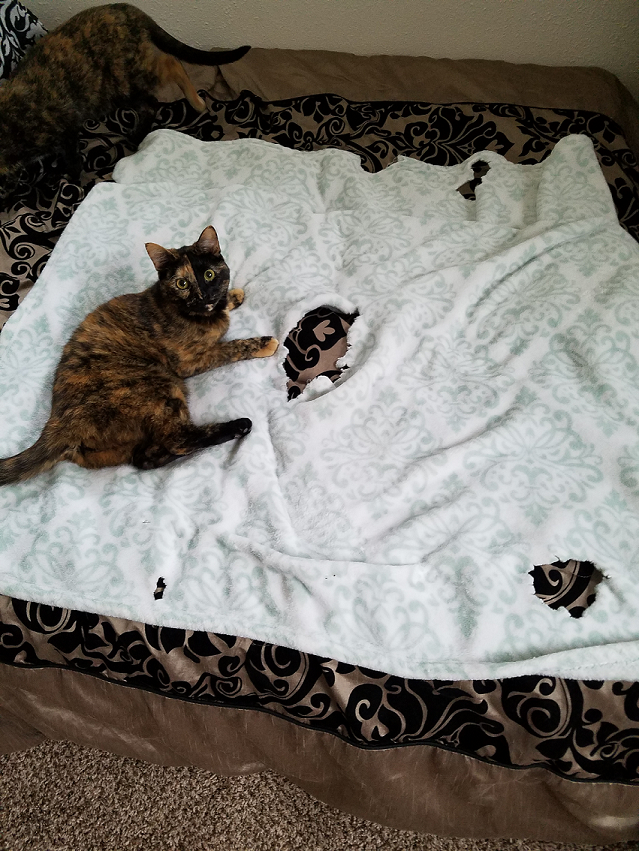
What Is Pica Syndrome In Cats Petcetera Animal Clinic

Does Your Cat Eat Plastic Guide To Pica In Cats Fluffy Kitty

Cat Pica Best Friends Animal Society

Pica In Cats When Your Feline Has Unusual Cravings I Love Veterinary
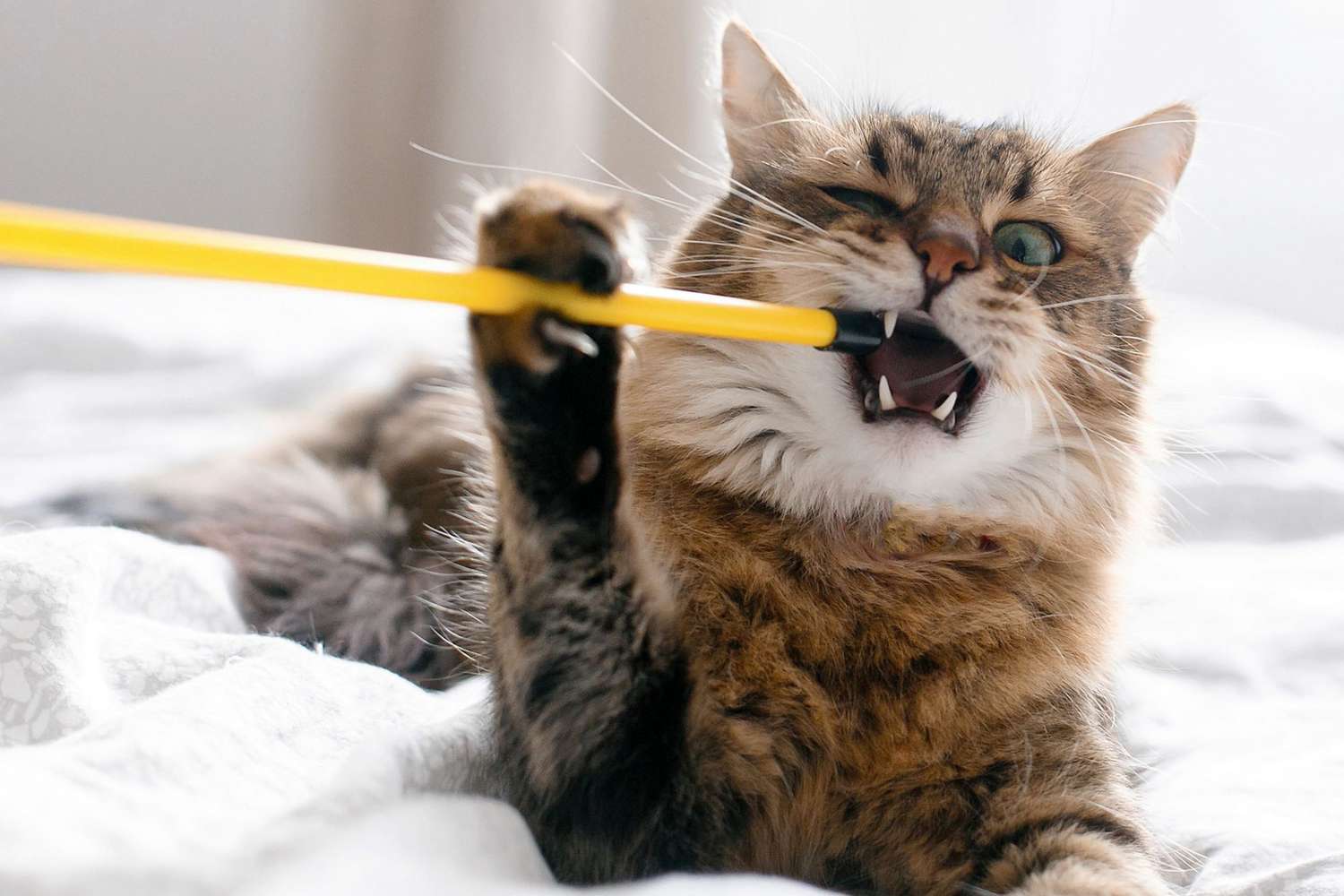
Pica In Cats Why Your Cat Eats Plastic And What You Can Do About It Daily Paws

Pica In Cats Symptoms Causes Treatments Dutch

Pica In Cats What It Is Common Causes Tips For Treating It The Honest Kitchen Blog
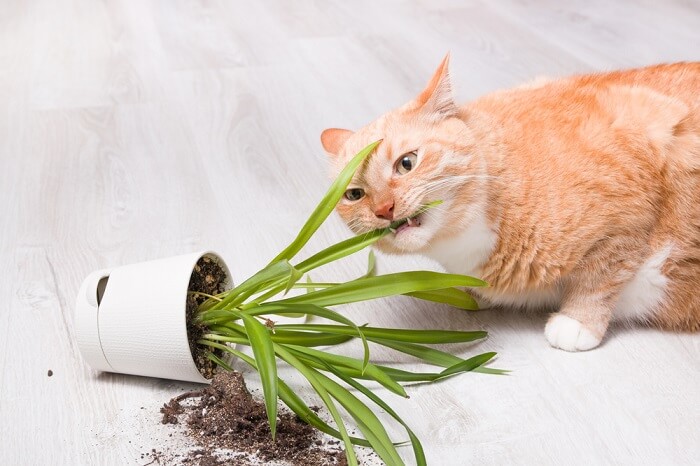
Pica In Cats Causes Symptoms Treatment All About Cats
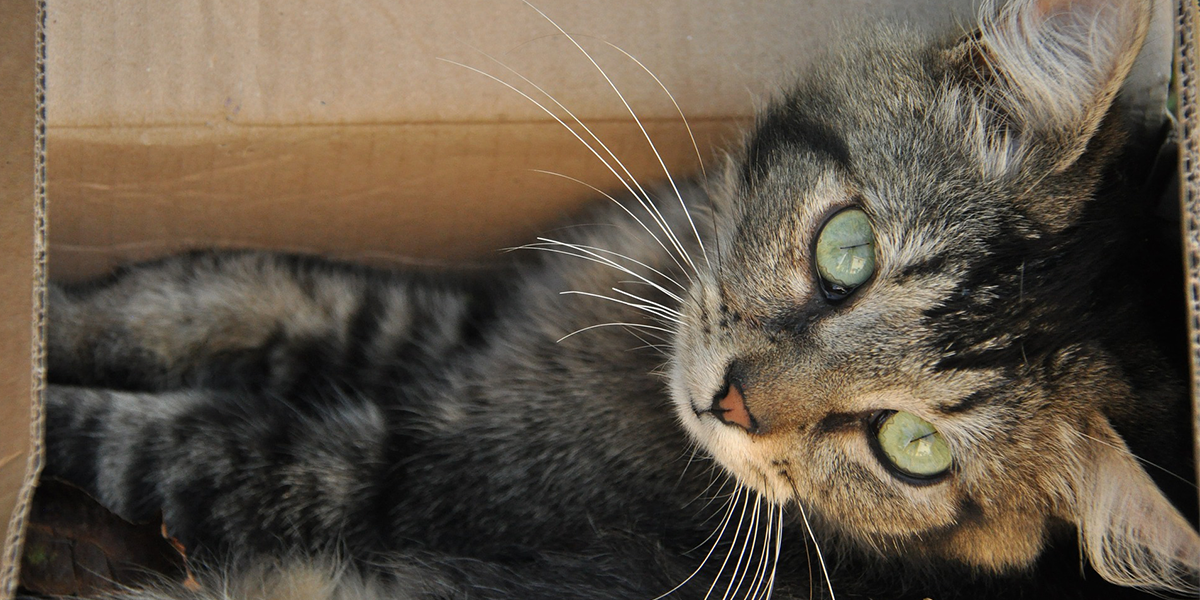
Pica In Cats International Cat Care

Eating Things That Are Not Edible Pica In Cats Firstvet

Pica In Cats Everything You Need To Know

Pica The Bizarre Eating Disorder In Dogs And Cats Good Pet Parent
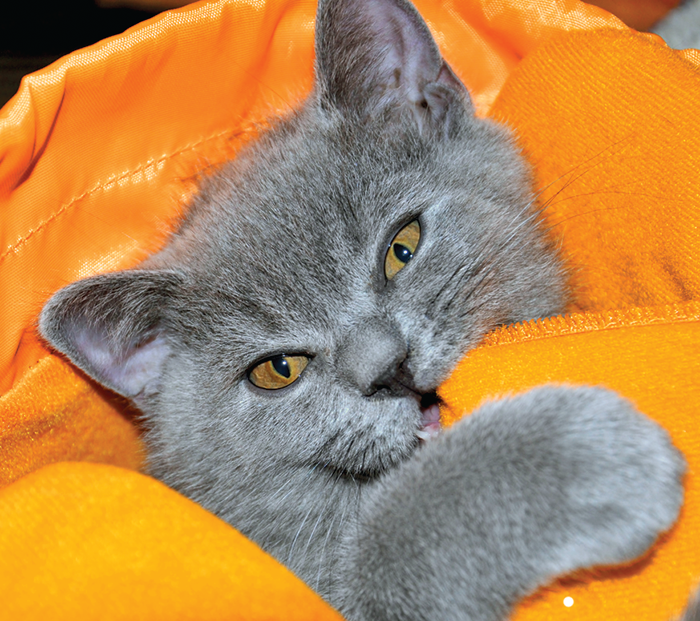
The Problem With Pica Catwatch Newsletter

Keeping Cats Safe Pica International Cat Care

Feline Pica What You Need To Know Gallant

Pica The Bizarre Eating Disorder In Dogs And Cats Good Pet Parent


